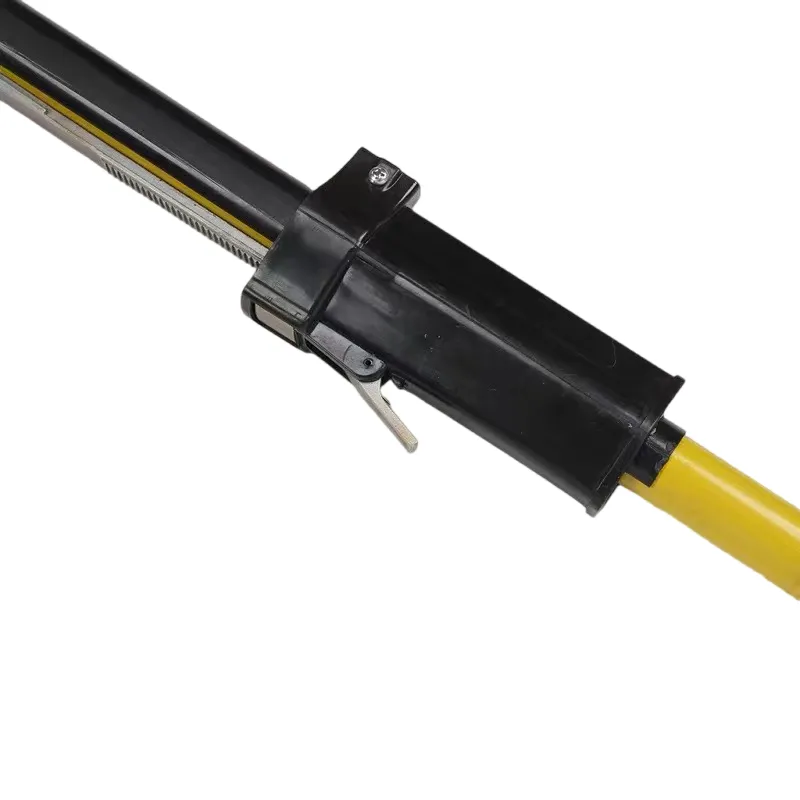
-
 Afrikaans
Afrikaans -
 Albanian
Albanian -
 Amharic
Amharic -
 Arabic
Arabic -
 Armenian
Armenian -
 Azerbaijani
Azerbaijani -
 Basque
Basque -
 Belarusian
Belarusian -
 Bengali
Bengali -
 Bosnian
Bosnian -
 Bulgarian
Bulgarian -
 Catalan
Catalan -
 Cebuano
Cebuano -
 Corsican
Corsican -
 Croatian
Croatian -
 Czech
Czech -
 Danish
Danish -
 Dutch
Dutch -
 English
English -
 Esperanto
Esperanto -
 Estonian
Estonian -
 Finnish
Finnish -
 French
French -
 Frisian
Frisian -
 Galician
Galician -
 Georgian
Georgian -
 German
German -
 Greek
Greek -
 Gujarati
Gujarati -
 Haitian Creole
Haitian Creole -
 hausa
hausa -
 hawaiian
hawaiian -
 Hebrew
Hebrew -
 Hindi
Hindi -
 Miao
Miao -
 Hungarian
Hungarian -
 Icelandic
Icelandic -
 igbo
igbo -
 Indonesian
Indonesian -
 irish
irish -
 Italian
Italian -
 Japanese
Japanese -
 Javanese
Javanese -
 Kannada
Kannada -
 kazakh
kazakh -
 Khmer
Khmer -
 Rwandese
Rwandese -
 Korean
Korean -
 Kurdish
Kurdish -
 Kyrgyz
Kyrgyz -
 Lao
Lao -
 Latin
Latin -
 Latvian
Latvian -
 Lithuanian
Lithuanian -
 Luxembourgish
Luxembourgish -
 Macedonian
Macedonian -
 Malgashi
Malgashi -
 Malay
Malay -
 Malayalam
Malayalam -
 Maltese
Maltese -
 Maori
Maori -
 Marathi
Marathi -
 Mongolian
Mongolian -
 Myanmar
Myanmar -
 Nepali
Nepali -
 Norwegian
Norwegian -
 Norwegian
Norwegian -
 Occitan
Occitan -
 Pashto
Pashto -
 Persian
Persian -
 Polish
Polish -
 Portuguese
Portuguese -
 Punjabi
Punjabi -
 Romanian
Romanian -
 Russian
Russian -
 Samoan
Samoan -
 Scottish Gaelic
Scottish Gaelic -
 Serbian
Serbian -
 Sesotho
Sesotho -
 Shona
Shona -
 Sindhi
Sindhi -
 Sinhala
Sinhala -
 Slovak
Slovak -
 Slovenian
Slovenian -
 Somali
Somali -
 Spanish
Spanish -
 Sundanese
Sundanese -
 Swahili
Swahili -
 Swedish
Swedish -
 Tagalog
Tagalog -
 Tajik
Tajik -
 Tamil
Tamil -
 Tatar
Tatar -
 Telugu
Telugu -
 Thai
Thai -
 Turkish
Turkish -
 Turkmen
Turkmen -
 Ukrainian
Ukrainian -
 Urdu
Urdu -
 Uighur
Uighur -
 Uzbek
Uzbek -
 Vietnamese
Vietnamese -
 Welsh
Welsh -
 Bantu
Bantu -
 Yiddish
Yiddish -
 Yoruba
Yoruba -
 Zulu
Zulu


Oct . 12, 2024 17:15 Back to list
ground rod bonding
Understanding Ground Rod Bonding Ensuring Safety and Reliability in Electrical Systems
Ground rod bonding is a critical aspect of electrical safety that plays a vital role in protecting both people and equipment from electrical faults. In the realm of electrical systems, grounding serves as a safeguard against surges, short circuits, and various other electrical anomalies. Properly bonding ground rods is essential for maintaining the safety and reliability of these systems.
What is Ground Rod Bonding?
Ground rod bonding refers to the connection of ground rods, which are typically made of copper or galvanized steel, to an electrical system's grounding network. These rods are driven into the earth to create a low-resistance path for electrical fault currents to flow safely into the ground. Bonding ensures that the grounding system operates effectively by interlinking various grounding components, such as ground rods, grounding conductors, and the building's electrical service panel.
The Importance of Grounding Systems
The primary purpose of grounding is to establish a reference point for electrical voltages and to protect equipment from lightning strikes or power surges. By providing a safe path for fault currents, grounding minimizes the risk of electric shock, fire, and equipment damage. A well-designed grounding system enhances the performance of electrical equipment by preventing transient overvoltages and ensuring stable operation.
Key Components of Ground Rod Bonding
1. Ground Rods These are the foundational elements that penetrate the earth, creating a physical connection with the ground. Their length and placement depend on soil resistivity and local codes.
ground rod bonding

2. Bonding Conductors The conductors that connect the ground rods to the electrical system must be sized appropriately to carry fault currents. Typically, copper wire is used, but aluminum can also be an option under certain conditions.
3. Grounding Electrode System This system includes all the grounding components, including ground rods, bonding conductors, and metal water pipes. All parts need to be interconnected to ensure that they work as a unified grounding system.
Proper Installation and Maintenance
To ensure effective ground rod bonding, it is crucial to adhere to local electrical codes and standards, such as the National Electrical Code (NEC) in the United States. Installing ground rods should involve proper techniques to ensure sufficient depth and low resistance, which may require using multiple rods in a system depending on the soil conditions.
Regular maintenance checks are also vital to ensure the bond remains intact and functional. Over time, corrosion, physical damage, or changes in the environment can affect the integrity of the grounding system. Conducting tests using specialized equipment can help ascertain the effectiveness of the grounding system.
Conclusion
Ground rod bonding is an integral component of any electrical installation, providing essential safety and efficiency benefits. By ensuring that ground rods are properly installed, bonded, and maintained, we can protect lives, enhance equipment performance, and minimize costly repairs. In a world increasingly reliant on electrical systems, prioritizing the integrity of our grounding systems is not just a technical requirement but a fundamental obligation to safety and reliability. Understanding and implementing best practices in ground rod bonding can lead to a significantly safer electrical environment for all.
Latest news
What Are Construction Tools and How Are They Used?
NewsJul.11,2025
Professional-Grade Duct Rodding Tools for Superior Cable Installation
NewsJul.11,2025
Enhancing Safety and Efficiency with Modern Hot Stick Solutions
NewsJul.11,2025
Empowering Cable Installation with Advanced Rodder Solutions
NewsJul.11,2025
Elevate Your Cable Installation Projects with Cable Pulling Tools
NewsJul.11,2025
Efficient Cable Handling Solutions: Cable Rollers for Sale
NewsJul.11,2025











